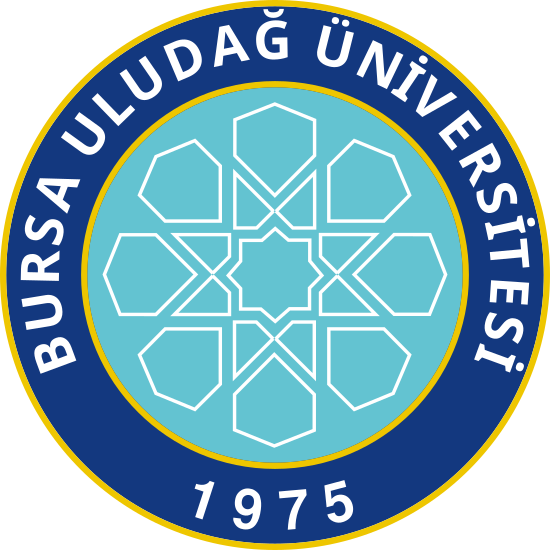Bu öğeden alıntı yapmak, öğeye bağlanmak için bu tanımlayıcıyı kullanınız:
http://hdl.handle.net/11452/21563| Başlık: | Brain involvement in organophosphate poisoning |
| Yazarlar: | Uludağ Üniversitesi/Tıp Fakültesi/Anesteziyoloji ve Yoğun Bakım Anabilim Dalı. Yılmazlar, Aysun Özyurt, Gürayten |
| Anahtar kelimeler: | Environmental sciences & ecology Public, environmental & occupational health Blood-flow Intoxication Neurotoxicity Neuropathy Metabolism Sequelae |
| Yayın Tarihi: | 1997 |
| Yayıncı: | Academic Press Inc Elsevier Science |
| Atıf: | Yılmazlar, A. ve Özyurt, G. (1997). "Brain involvement in organophosphate poisoning". Environmental Research, 74(2), 104-109. |
| Özet: | Organophosphate poisonings cause substantial morbidity and mortality worldwide; however, the neurological effects have not been clearly established. We have studied cerebral perfusion to investigate neurotoxic effects. Clinical effects, plasma cholinesterase activity, and brain single photon emission computerization tomography (SPECT) data were investigated in 16 patients with organophosphate poisonings. The subjects were from an adult intensive care unit in a university hospital. Cholinesterase activity in plasma was determined upon admission and then every day in the morning. Brain SPECT studies were performed during the first seek, at the end of therapy, and 3 months after discharge. Patients were classified into 3 groups using a modified Namba classification: latent poisoning (Group A); mild and moderate poisoning (Group B); or severe poisoning (Group C). None of the 6 patients in Group A showed any symptoms; 3 patients in Group B had muscarinic and nicotinic effects; 5 patients in Group C had muscarinic, nicotinic, and central nervous system symptoms. The average plasma cholinesterase for Groups A, B, and C were 54.16 +/- 9.10, 42.2 +/- 12.02, and 13 +/- 4.84 U/ml, respectively (normal range of plasma cholinesterase is 40-80 U/ml). Only 1 patient from Group A required treatment with oxime; 2 patients from Group B and all patients in Group C were given oxime, atropine sulfate, and mechanical ventilation. In the brain SPECT studies, the patients in Group A showed fewer perfusion defect areas than did Group B and C patients. All cases showed perfusion defects especially in the parietal lobe. In addition, perfusion improvement took more time for Group C than for the other groups. The intensive care unit stays of Group C were statistically longer than for Groups A and B. We concluded that brain SPECT is a highly sensitive diagnostic method, together with clinical symptoms and plasma cholinesterase activity, for monitoring the clinical prognosis of organophosphate poisonings. |
| URI: | https://doi.org/10.1006/enrs.1997.3758 https://www.sciencedirect.com/science/article/pii/S0013935197937580 http://hdl.handle.net/11452/21563 |
| ISSN: | 0013-9351 |
| Koleksiyonlarda Görünür: | Scopus Web of Science |
Bu öğenin dosyaları:
Bu öğeyle ilişkili dosya bulunmamaktadır.
DSpace'deki bütün öğeler, aksi belirtilmedikçe, tüm hakları saklı tutulmak şartıyla telif hakkı ile korunmaktadır.
